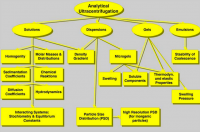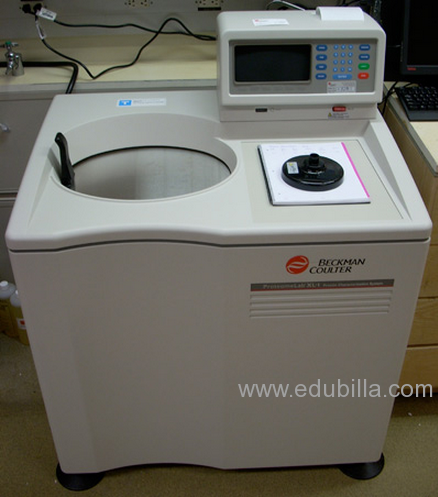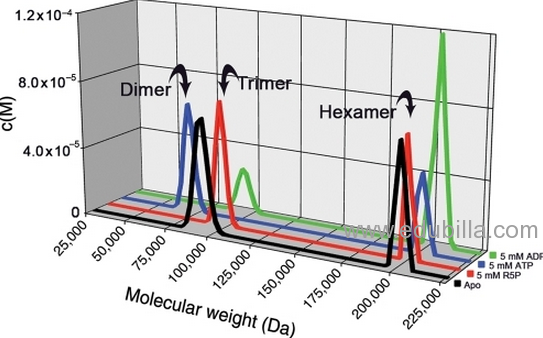








The ultracentrifuge is a centrifuge optimized for spinning a rotor at very high speeds, capable of generating acceleration as high as 2?000?000 g (approx. 19?600 km/s²).There are two kinds of ultracentrifuges, the preparative and the analytical ultracentrifuge. Both classes of instruments find important uses in molecular biology, biochemistry, and polymer science.
Developmet of Analytical Ultracentrifugation
Analytical Ultracentrifugation was invented in the 1920s by the Swede The Svedberg. He was the first to equip a rapidly rotating centrifuge with an optical system in order to monitor sedimenting particles. In recognition of this groundbreaking innovation, the unit of sedimentation velocity was later named Svedberg.
By means of Analytical Ultracentrifugation, Svedberg determined particle size distributions of gold sols. Subsequently, the method was widely applied in biochemistry for the determination of molar masses and sedimentation coefficients. In the 1970s, it was commonly replaced by other, modern methods (light scattering, size exclusion chromatography, gel electrophoresis), but with emerging colloid sciences during the last decade and a newly growing interest in biochemical interactions, new fields of application fields have arisen in addition to traditional applications.
Working Principle
A particle in the sample cell is exposed to centrifugal fields the 260,000 times greater than Earth's gravity by spinning the cell at an angular velocity of 60,000 rpm, which is currently the machine's limit. These fields are sufficient to force particles as small as several nanometers in diameter to sediment during several hours or less. During the sedimentation process, the concentration profiles in the sample cell are registered by optical systems, providing time- and locally resolved information. These data yield information on mass, density, shape.
These are the three basic properties that govern a particle's sedimentation velocity. Additionally, concentration and diffusion effects oppose sedimentation, where the latter is time dependent.
Combined with other methods, Analytical Ultracentrifugation can yield every piece of information on a colloidal particle you may wish to know. Basically, this is because Analytical Ultracentrifugation is the only method in colloid analysis that is dependent on mass as the fundamental physical property. In contrast to this, scattering methods are sensitive to changes in the refractive index, rheometry and viscometry are sensitive to shape and interparticle interactions, osmometry solely on the number of particles, other methods on charges.
Feasible combinations of analytical methods can provide a complete and non-contradictory picture of the colloidal system. The Analytical Ultracentrifuge occupies a key position due to its most important features: It is dispersive and an absolute method.

